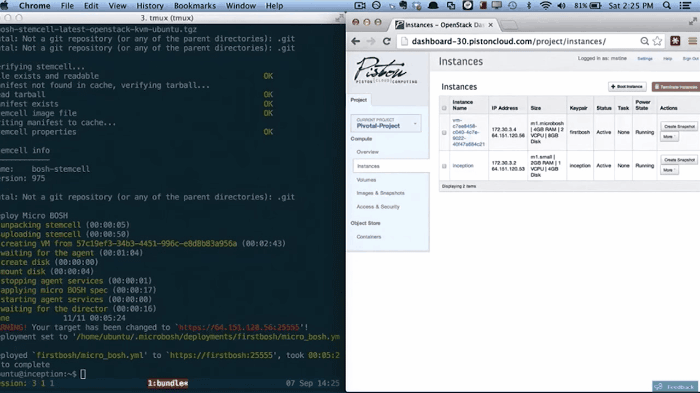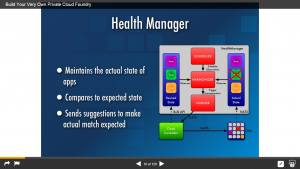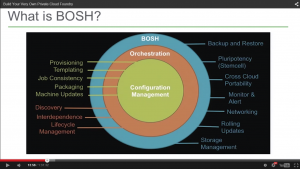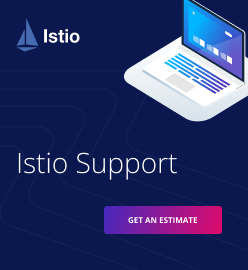Deploying Private Cloud Foundry to vSphere, AWS, and OpenStack

According to Matt Stine, Cloud Foundry can introduce innumerable operational challenges. In this video, Matt demonstrates how BOSH handles all this complexity and what the requirements are for a tool chain that can manage a large distributed system. He also explains what happens when one deploys things with BOSH. In addition, he covers all the steps necessary to deploy a private PaaS based on CF to vSphere, AWS, and OpenStack.
Complexity buried within Cloud Foundry capabilities
This 90-minute tutorial from Matt Stine at Pivotal, presented at SpringOne 2X in 2013, was worth the price of admission to the entire conference. There are 120 (count ‘em) slides in the accompanying deck, but as with the full video, worth the effort of viewing them in depth.
Some of the material, such as an early section on Health Manager (in the graphic below) will be superseded by Diego. However, there is no reason not to listen to this presentation.

“Cloud Foundry is a complicated beast,” Matt freely admits. “Not from a developer’s perspective, where I just create an app and push it,” he notes, but he also points out that there is significant complexity buried within the capabilities of Cloud Foundry.
He also notes that complementary configuration management tools such as Chef, Puppet, and CF Engine “are great at taking a machine without a persona and turning it into a web server, app server, database server, or message broker,” but once you get that box up and running, you have innumerable operational challenges. The choice made to handle such problems, “for better or worse (is) BOSH,” he notes at the beginning of a section on the infamous protocol.

In the final analysis, Matt says everyone’s goal is to deploy an app, tune it, scale it, update and upgrade it with minimum or zero downtime, with the dealbreaking proviso that “I don’t want my platform to be bound to a (specific) world. I want to (be able to) leave that world and not think about it anymore.”
This presentation is worth thinking about a lot, whether you are at the beginning of a journey into Cloud Foundry, or an expert who will enjoy hearing a peer deliver an absolute knockout performance. Presentations like this give one hope for the future of Cloud Foundry and the future of the world.
Matt can be reached through his personal Web site.
We can’t but admit that Cloud Foundry is complicated. However, it is so because Cloud Foundry helps to address even more complicated problems of sophisticated systems and turn them into “software factories.” Again, Cloud Foundry’s power is explained by its complexity to some extent. Moreover, the diversity of the ecosystem and multiple fields of use are determined by CF’s complexity.
On the other hand, Cloud Foundry introduces quite a number of operational challenges. At the same time, CF boosts DevOps efficiency. In this presentation, Cornelia Davis explains how CF makes the life of operators easier through built-in containerization, four levels of High Availability, etc.
They say, what comes with no effort has little value. So, whatever a tough cookie Cloud Foundry may appear, it’s still out there to solve even trickier puzzles.
Want more details? Watch the video!
Table of contents
|
About the speaker









